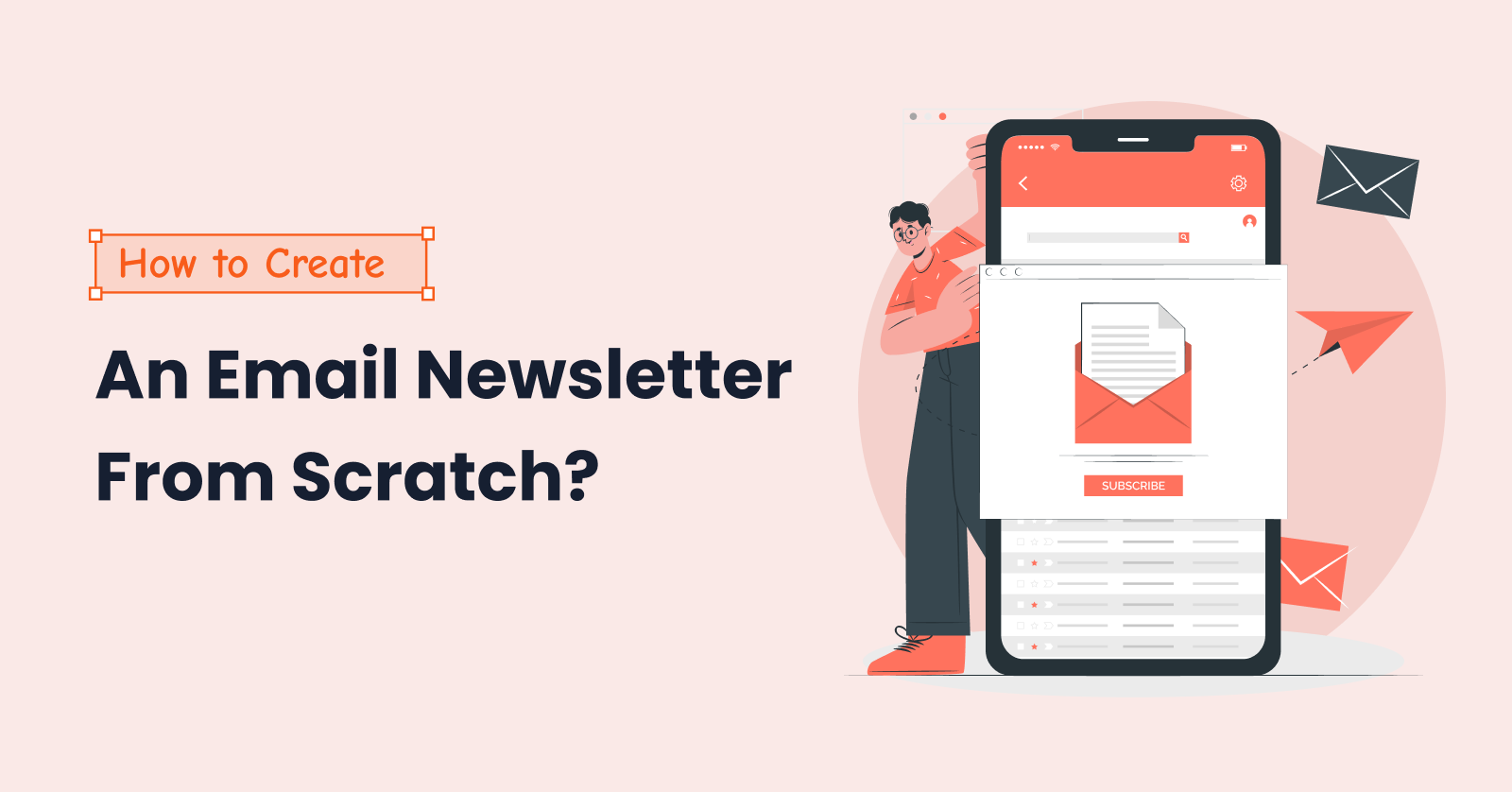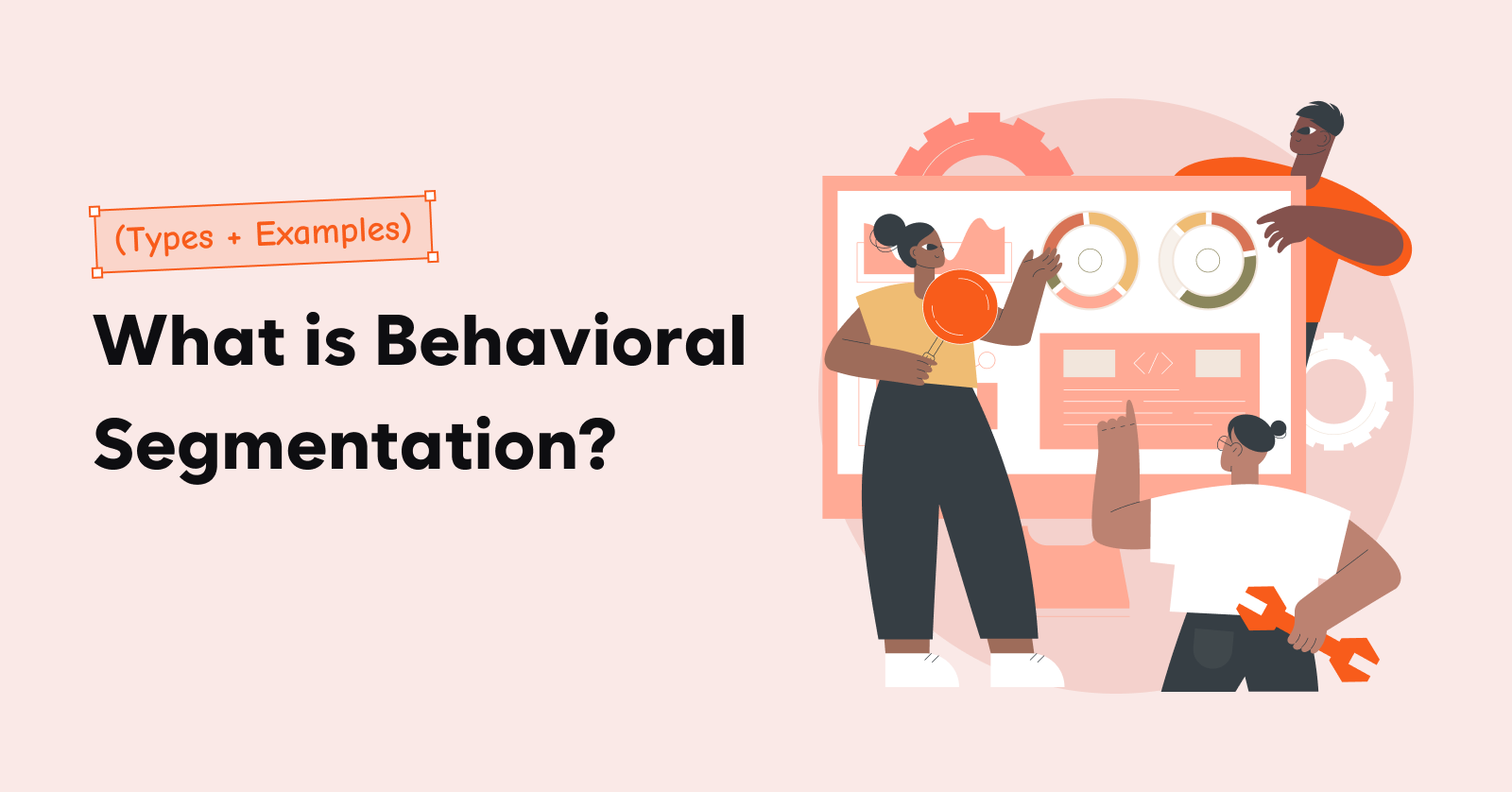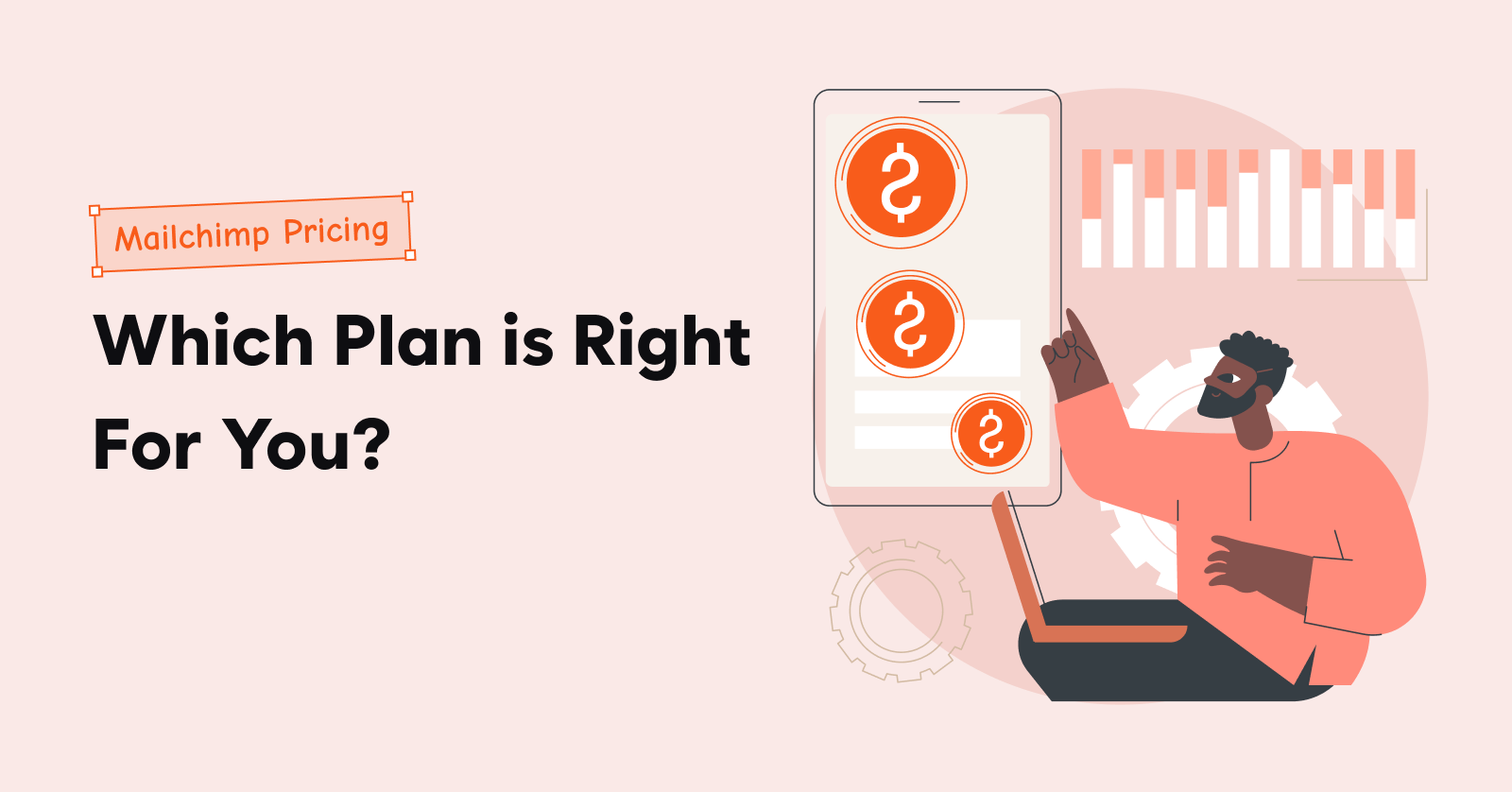I have done everything for my Shopify store. But, the sales do not turn out well. What should I do?
Have you ever been overwhelmed with your optimization strategies for your business? If yes, then it is time to focus on the sales funnel design of your Shopify store.
Though you follow effective lead nurturing, your visitors may not get converted into your customers. Here is the point where the sales funnel come into force.
Sales funnels for Shopify stores occupies a greater pace in both the new and existing Shopify stores. Moreover, the right sales funnel will be the quickest way to reach success and increase your Shopify store’s sales.
According to Smart Insights, only 3.3 percent of the visitors from 43.8 percent have been entering the purchase zone. While the rest of the visitors only view the product page.
Building a sales funnel for your Shopify/eCommerce platform helps you map up and identify your buyer’s needs and thoughts. Not everyone who has heard your brand will magically turn to your potential customers. Instead, there needs customized planning and execution to make it happen.
Maximize Conversions with Retainful. Recover Lost Sales, Drive Repeat Purchases, and Fuel Your Business Growth. Watch your business reach new heights with Retainful.
Why is it necessary to have a sales funnel for your Shopify store?
Sales funnel is nothing but the process that surrounds how we make our business run successfully.
A properly built sales funnel becomes a strong foundation for your Shopify store. The funnel means the reduction in numbers at each stage. A right sales funnel for Shopify stores is intended to sell more goods to every visitor and profitably to satisfy at both ends.
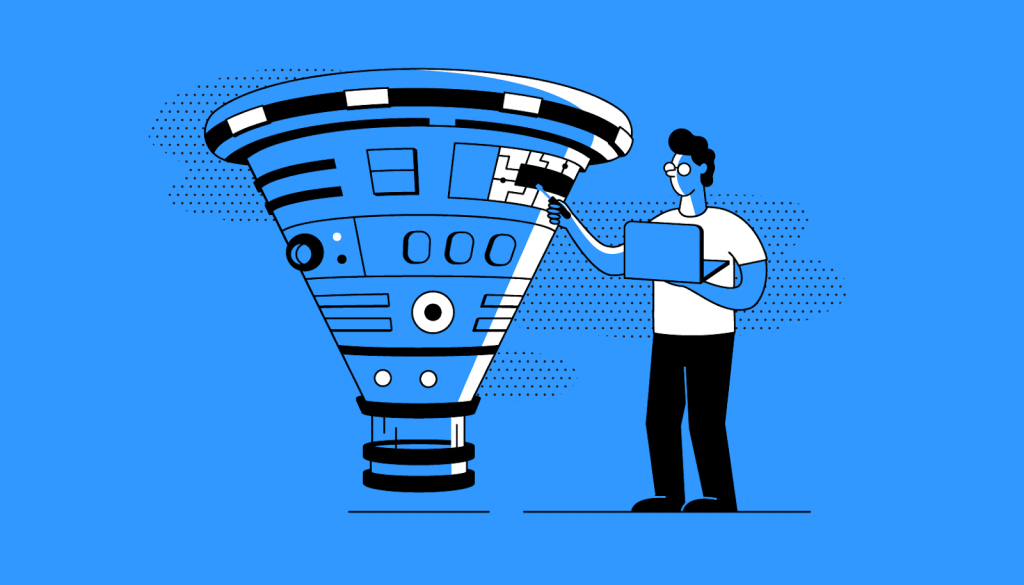
If you have a fair idea about the sales funnel design, let me list out the most satisfying reasons why your Shopify store needs a perfect sales funnel.
- Increases the number of sales
- Establishing a long-term connection with your customers
- Gaining a better vision and control of the sales process
- Staying ahead of your competitors
Among the pool of customers reaching your store, only half of them have the intention to buy products from your store. No matter where they are from, we always want them to be our potential customers.
Let us put the odds against the gate. Now, let us focus on half the number who are willing to purchase from your Shopify store. When people know about your care and attention towards them, they are ready to return their wallets to you.
The message is clear.
The ball is on our court when they reach our store. So, now, how can you anticipate your store’s visitors to purchase products?
Sales funnel stages to boost the conversion rate of your Shopify store
Your industry doesn’t matter.
Though you have a high online presence, having a perfect sales funnel is the track which motivates you to a high conversion rate.
Every Shopify store owner needs to put forth effort into building sound strategies for their business. It means,
- Efforts to retain existing customers
- Efforts to attract new ones everywhere in their surfing world
Sales funnel for a Shopify store is a way to promote your business starting from creating awareness among your customers ending up with the final action i.e., purchase.
Let me unlock the sales funnel design stages and its importance in your Shopify store.
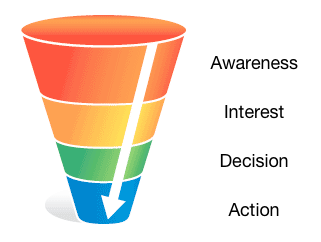
The Awareness Stage
Every stage in the Shopify funnel works like a charm. The initial kick is about the awareness stage.
Buyers in this stage: Awareness stage is the topmost stage in the funnel that brings customers to your website/target page.
Who falls in this stage? The target people can be anyone who just visited your website for the first time through search engine results or through any social media campaigns.
They are the people who have taken a step ahead of the rest of the people. Their search is similar to the product or service you offer. This is the reason why they might have approached you. So, the awareness stage people may not even know what their problem is or what they actually need.
Keep in mind: As they do not know what they need, it is necessary to provide them the content or reason to continue being on your site. It helps to segment the consumers, highlight a potential problem, and introduce your brand to them.
Simply, you can consider the awareness stage as an initial conversation between you and your potential customer.
Do not try to make it a hard sell. Instead, you can take up the below two forms.
The B2C Awareness stage
If you are an eCommerce B2C brand selling apparel, for instance, your initial interaction with your potential customer is important. Your conversation must draw attention and take the form of content from your visitors.
Take a look at Allen Solly’s content site.
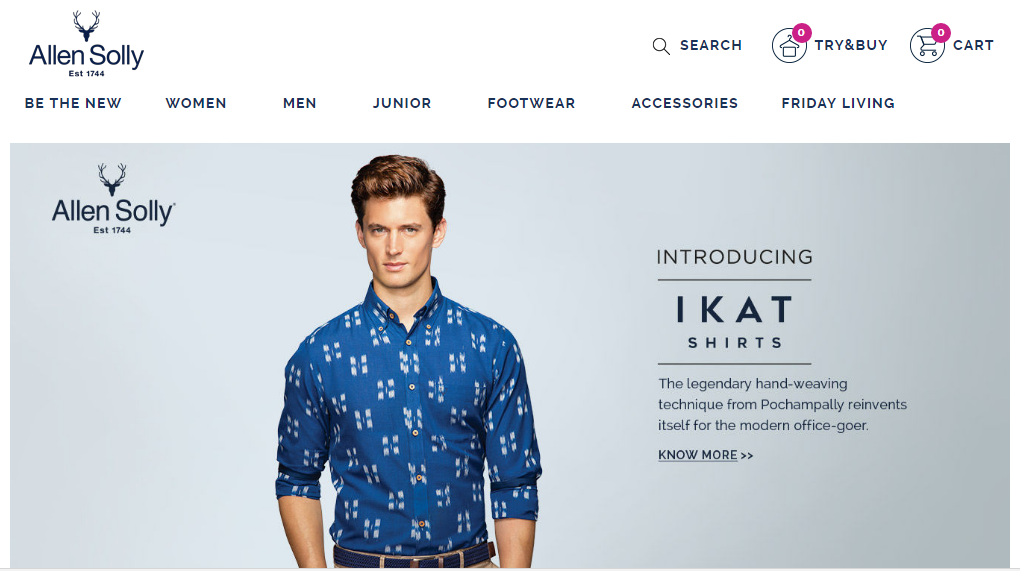
They are not hard at selling their apparel. Instead, they are down to earth with their content and are comforting their visitors in an ideal way.
That’s always the first step. The content in the awareness stage is not always about selling the product. Instead, it gives them profound information about their service in a unique and attractive way.
Role of SEO in the awareness stage
Drawing attention to your website is always not about your content, though.
When a potential customer is in need of a product/service, obviously, they would indulge in doing an online search.
So, what is your job here?
Be the one who attracts them in their search results. The ranking and the position of your keywords do matter a lot.
Here are quick tips to increase your Shopify store’s ranking as a part of the awareness stage.
- Improve your site speed
- Shift your focus from quantity to quality
- Optimize your site for mobile users
Having a well-honed search engine optimization to your Shopify store will boost your ranking and increase the chances of attracting your customer’s eye.
The Interest Stage
Next to the awareness stage, the interest stage is the second foremost thing to concentrate on according to the Shopify sales funnel.
Buyers in this stage: After giving content to your potential customers in the before the stage, they might have concluded to proceed further in this stage.
Who falls in this stage? In the interest stage, you have hooked up the potential customers with your initial move. So, when the customer moves to the next step, it indicates their interest in your product/service. Added, some of your users may confirm it by subscribing to your newsletter or ebooks. So, you have to enrich them with enough information and solutions to their problems.
Keep in mind: Though your potential customer is aware of your brand and your services, it doesn’t matter that they turn back. There are high chances of the same. So, it is important to handle those users with filling information and solutions.
Few Shopify users may rush to the next step. But, just there are bad timing for some too.
At times, there are many Shopify store owners who encounter a lengthy awareness phase and interest phase. It may stretch over days, months, and even years to bring interest among your users. Still, there are some tactics to understand whether the users are still interested in your brand.
So, when the potential user enters the interest stage, you can take further steps to bring initial contact using newsletters or ebooks. On the other hand, you can also make them connect with your social media platform.
The interest stage is nothing but providing a loop to the customers to engage further with your products. Still, keeping the selling factor aside, comfort them with your brands through useful resources or through active popups.
Added, you can follow the enlisted ways to bring interest among your Shopify users.
- Use Navigation wisely
- Integrating your Shopify store with social media platforms
- Provide offers and compelling CTAs
Use Navigation wisely
When a user has been entering your store, he/she needs to know where to go and how to buy those products.
In that case, allow a header to follow him/her throughout their journey in your store. The header will toggle with them during each page visit. Assist them by including filters to scale down their products.
It helps them know about what he is looking for and buttons will help him quickly make a purchase. Marketers call it a faceted search.
Here is a great example from the chewy site. Here, the cookie trail of the page will help you to access to faceted search and filter it based on their additional preferences.
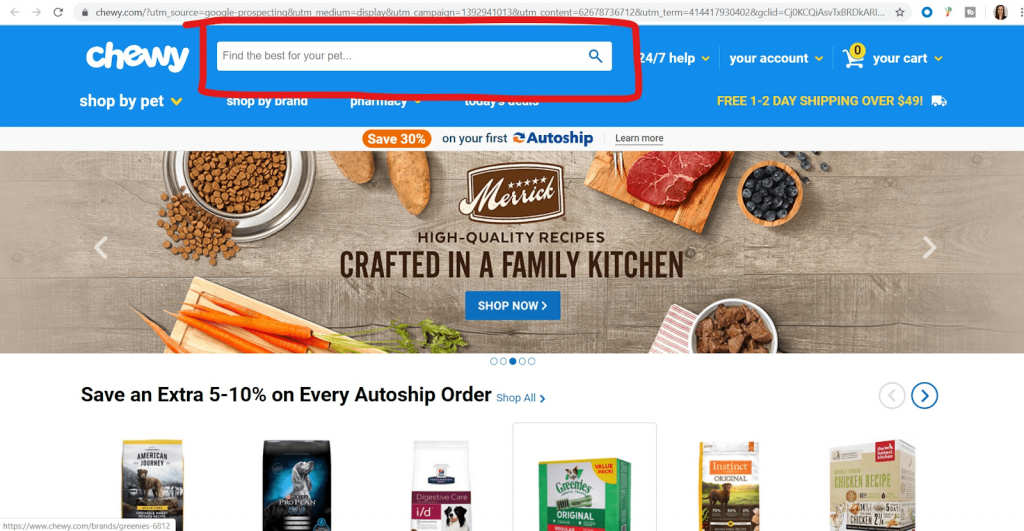
Integrating your Shopify store with social media platforms
As a Shopify store owner, you might have noticed the importance of social media platforms. Social media platforms including Facebook, Instagram, Twitter, and others ensure the connection between you and your potential customers.
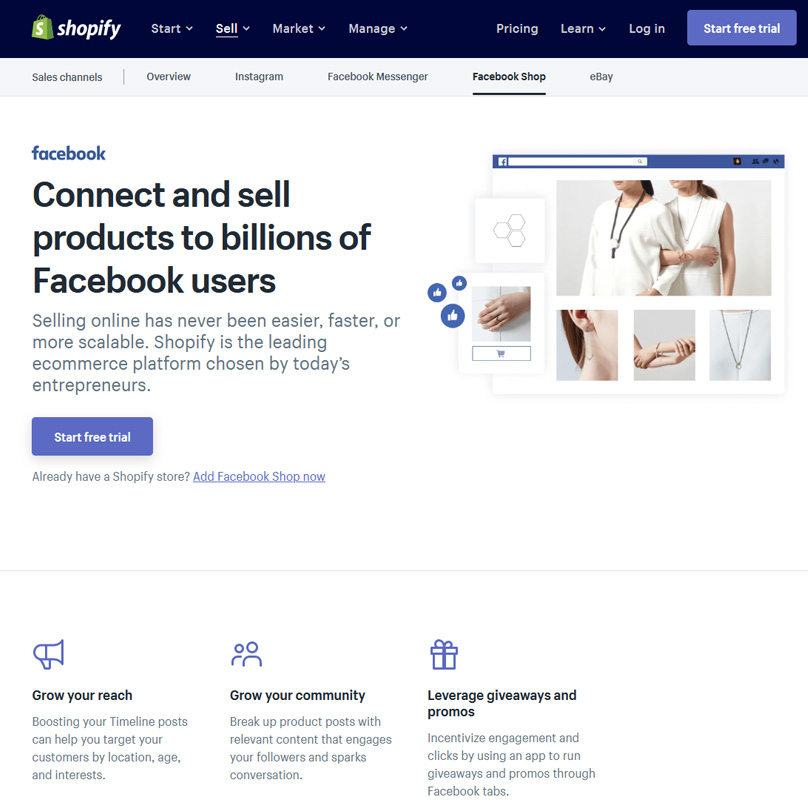
Using Shopify, you can include social media accounts in the footer of your store’s page. It helps you to show up on every single page. It helps your users to easily spot out your store and do not need to have an interruptive shopping experience.
Provide offers and compelling CTAs
Buying a mattress from a store? Does it consider a high-cost purchase? Of course, for a few of your customers, it may be so!!
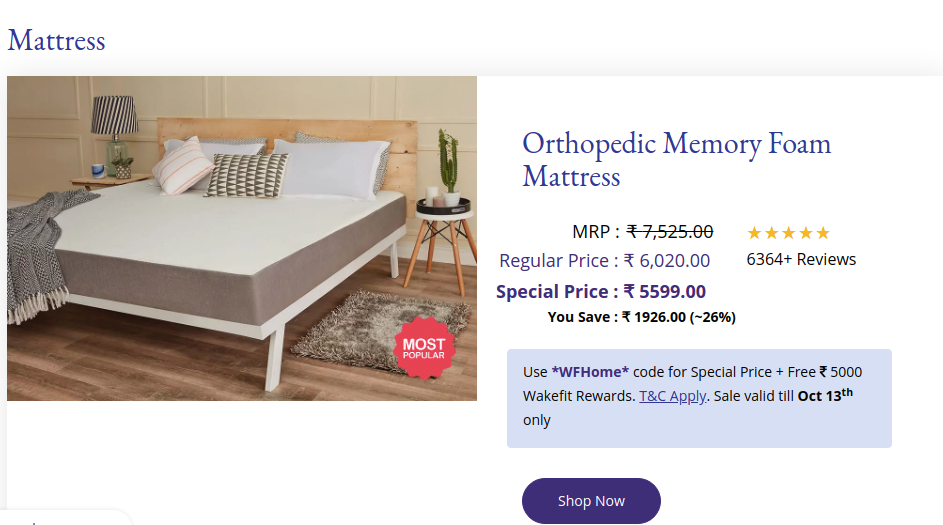
In exchange for their visit, give them an offer or bonus item upon a certain spend. It will provide you an amazing way to reach out after they leave your site. You might have come across the Crossrope fitness challenge. They have been using the pop-up social proof to show others who are willing to join in.
Using a pop-up offer on the landing page, the popup allows the users to push them into the shopping zone. Rather than relying on the popup alone, you can start loyalty programs, coupons, and rewards, and abandoned cart email campaigns to increase customer engagement and retention.
The Decision Stage
More likely, the customer who passes through the previous funnels has a high chance of deciding whether to buy your product or not.
Buyers in this stage: In the decision stage, the buyer might think or decide whether to proceed further with your store.
Who falls in this stage: In the awareness and interest stage, you might have created a dilemma or a solution for your customers. Now, it is their time to pick up the right move. If you have succeeded in convincing them, then they might take the positive move as expected.
Here, the actual convincing starts and you begin to contemplate your effort in satisfying your store’s visitors.
Keep in mind: In order to contemplate a visitor’s decision, you can rely on the enlisted factors.
- Showcase your products
- Highlight your product benefits
- Present testimonials from your previous customers
Showcasing your products
In order to build trust and increase the interest of purchase among your customers, you can showcase your products. Rather than hearing about it, a visual proof and exhibiting factor will help the shop owners a lot to drag users to their end.
You can consider the below example.
As showcased, the user will have an image of holding the bag and visiting places. So, while showcasing, you would yield trust among your users.
Added, they might also have a clear idea about how the product works and how it can be used.
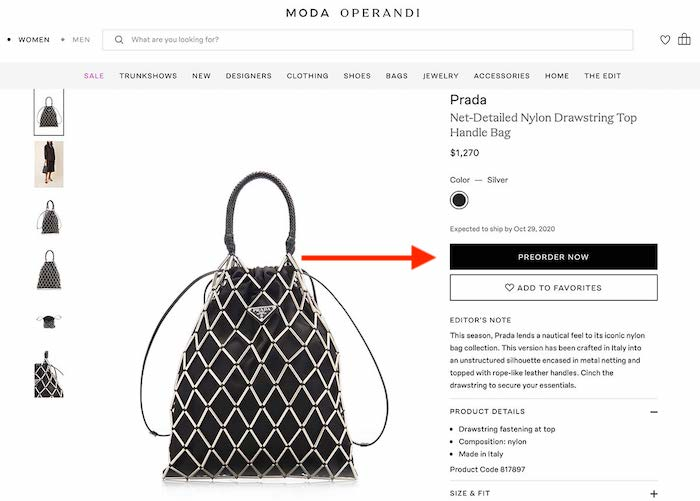
Highlight your product benefits and offers
Among various myths revolving around the eCommerce realm, “people buy products for features” is another myth.
But, the truth is, people will not buy an item for its features. Instead, they would investigate how the features help them solve their problem or pain point. In that case, you have to highlight your product benefits to the user.
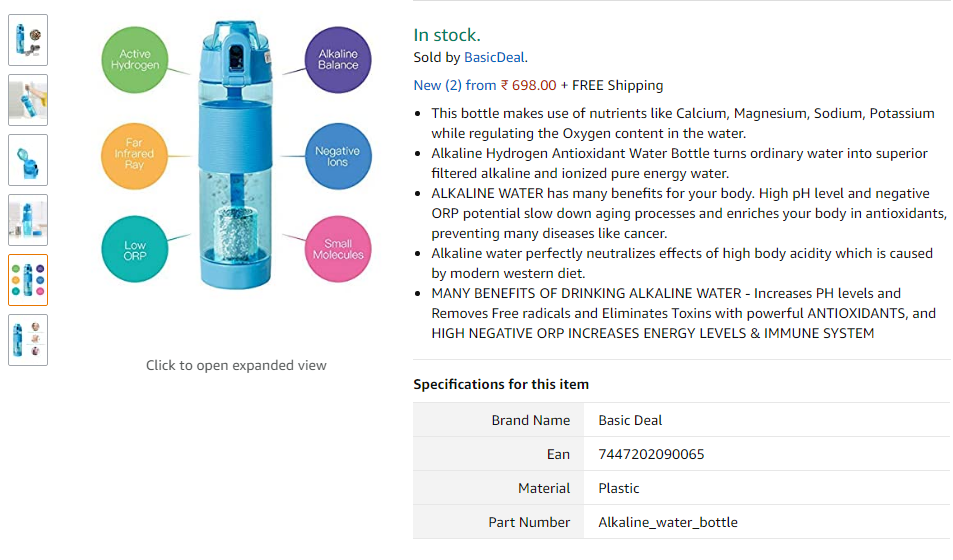
No matter what product/service you offer. When you have highlighted the user’s benefits, they may have a rough idea about how it may help them. Even if you have a simple water bottle in your store, do not forget to highlight its features. It may attract your visitors apart from other sites.
After highlighting the features, you can make an attractive offer to your customers on your landing page. Through email marketing campaigns and loyalty programs, you can bring customer retention and engagement to your site.
Don’t miss out on unlocking the full potential of your online store. Try Retainful’s powerful conversion features now and watch your revenue soar. Take action and start maximizing your conversions with Retainful.
Present testimonials from previous customers
Attraction over other’s decisions is one of the major marketing breakthroughs in centuries. Every buyer has a mentality of buying the most popular products from the popular brand. When your brand receives multiple testimonials, use them effectively in gaining user’s trust. Even building an emotional connection with your customers works a lot.
Whenever we see someone wearing an amazing handbag, our minds will go behind it. We will search for the same and form a line. This is called social proof and it is a powerful element to work in your Shopify store. No matter how small or big your product is, it would go viral when it attains attention from your users.
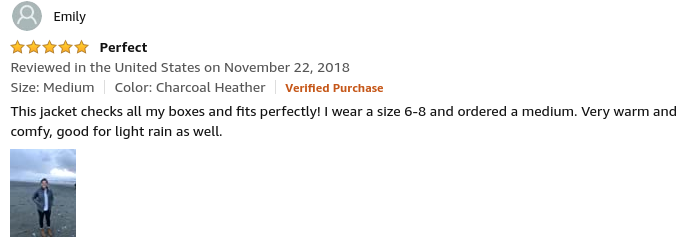
According to the advertising report of Nielsen Global Trust, 92% of consumers go behind the fact of the previous customers of the same site.
You can add the testimonials of your customers and ask them to attach the product delivered to them. The testimonials get converted into aids in boosting up the brand value and the sales of the Shopify store. Testimonials are the power to bring many customers back to your store.
Through amazing referral programs, many store owners have been turning back with profits. It is likely to be a win-to-win scenario.
The Action Stage
The action stage, the mere ending of the marketing funnel design, helps the store owner to predict the actions of the customers.
Buyers in this stage: When the customer gets convinced with your testimonials, offer perks, and other hypes, they will be on the edge of your sales funnel. Now, it is their time to take action.
Who falls in this stage? Once the Shopify user has made their decision, they need to push it forward. It turns out to be the purchase step in the specified Shopify store.
Keep in mind: In order to make them a potential customer, it is necessary to take action to encourage the frictionless purchasing experience.
The enlisted tips will help in making your action stage more versatile and flexible.
- Predictive entry to auto-populate fields
- Showcase your site’s security to the users
- Accept multiple payment modes
Predictive entry to auto-populate fields
Try to save the purchase time of your customers! Many users would love it!!
When a customer enters into the checkout page, allow them to have an account that will auto-fill the details for shipping and billing addresses. It may help them to click the “buy now” button faster and save their precious time.
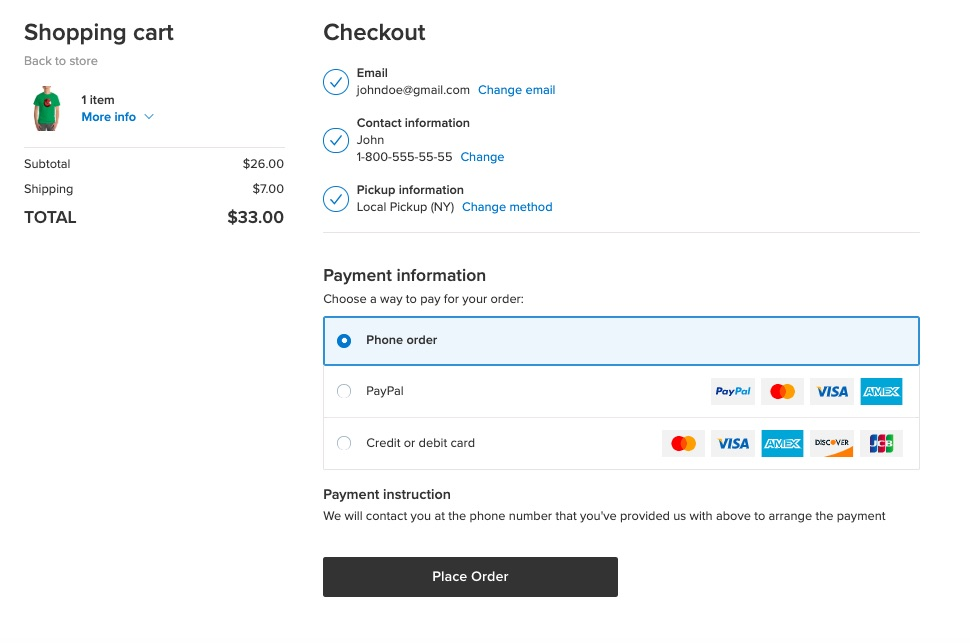
Many user’s devices will do this auto-fill for them. So, you can just make use of the one-click technology through digital wallets and alleviate this pain point.
Showcase your site’s security to the users
Though your customer is a new visitor or a regular one, it is necessary to educate them about your site’s security factors. You need to build trust and ensure that their payment information will be highly confidential and are secured. It seems to be the most trustworthy factor that makes your customers consider and move forward.
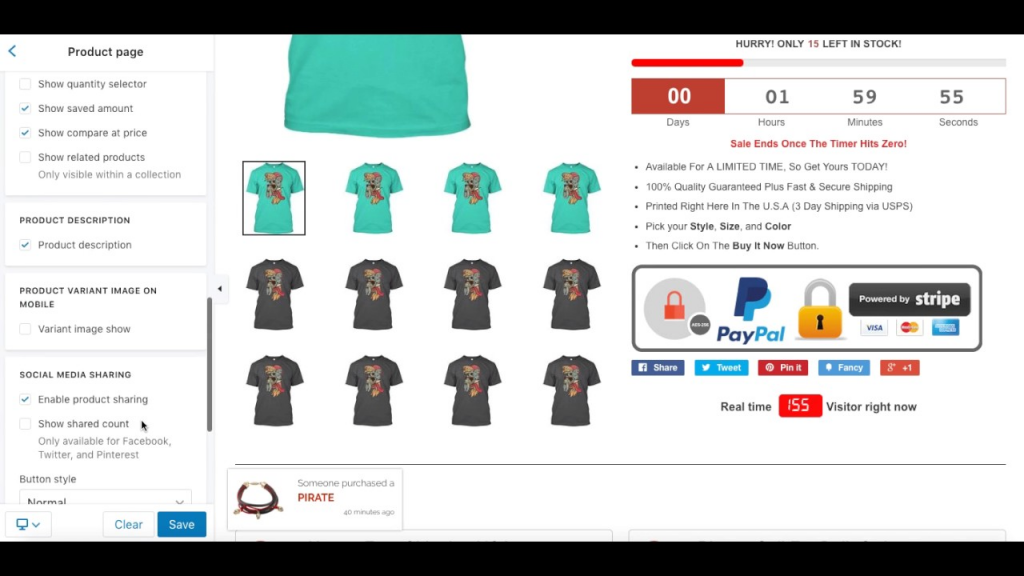
In order to showcase your secured payment gateway, you can use the footer area. It is a good area that will remain persistent throughout your site and exhibits your visitors’ security message.
Accept multiple payment modes
When there are myriad ways to pay online, try to provide multiple payment modes in your Shopify store. Though it is crucial to meet the expectations of your users, try to introduce 4 to 5 payment ways. It will make their payment transaction more flexible.
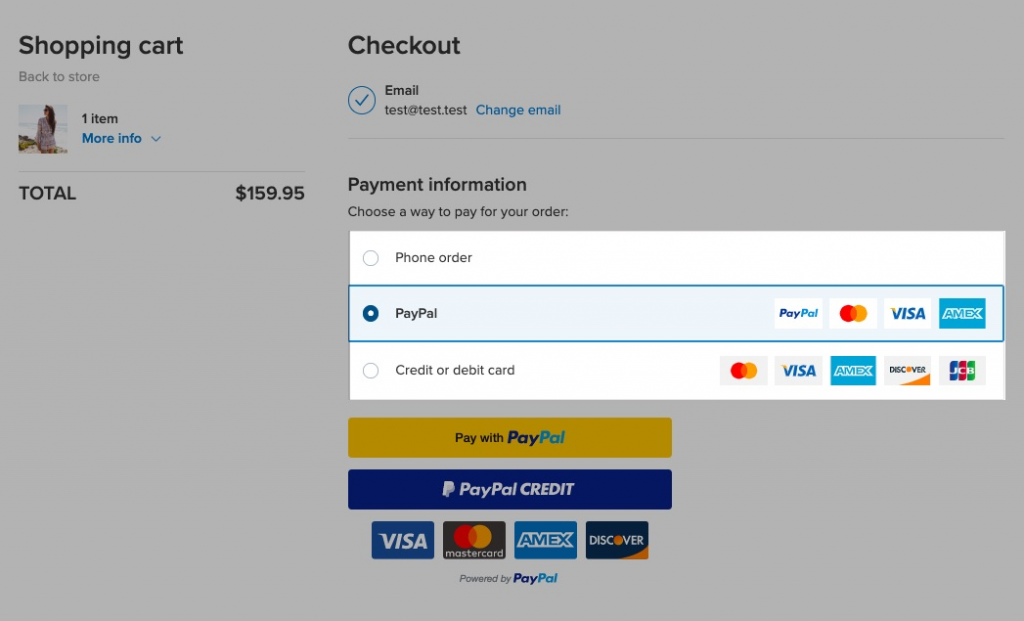
You can also integrate digital payments into your checkout experience. There are many eCommerce websites that accept digital wallets including Android Pay, Apple Pay, etc.
In all, having a clear understanding and proper usage of the sales funnel will help in increasing your Shopify store’s online sales. Think about your customer and think about how you can facilitate each stage of their buying journey.
Secrets behind the increased conversion through Shopify Sales Funnel Stages
At a point, sales resemble a legal contract. Like a legal contract, the sales also have two parts namely offer and acceptance.
You can make an offer to your target audience and let them decide whether to accept it or not. In order to make your customers accept and move over the marketing funnel design in the right way, here are a few secrets revealed.
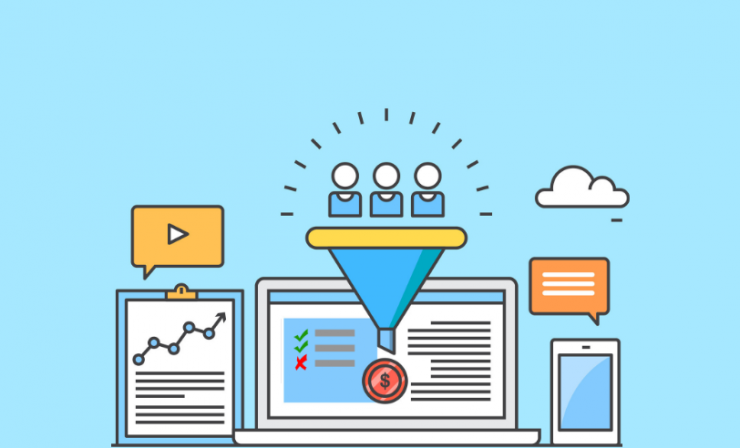
Analyze and optimize your main pages
For an eCommerce site, your main pages will include the homepage, product pages, and category pages. It may depend upon how many products we focus on. At times, there may be one or two flagship products.
Now, it is time to optimize your product pages and other relevant pages accordingly. It will boost your sales funnel performance and user experience as well. When Google or any other search engine finds your content as a compelling one, you will also receive traffic through it. An additional bonus!
Analyze and optimize your forms
When your Shopify store has lead-capture forms, there are high chances of having a reduced conversion rate. If people do not find your forms attractive, they will not fill it! It is that simple factor.
In an eCommerce field, the shorter forms will help the customers to rethink their opinion. Compared to longer forms, customers most obviously wish to fill the shorter forms as it saves their purchase time. If someone wants your lead magnet, discounts, or coupons, they will not waste their time in filling your long forms. So, whittle down your forms and make it short and relatable.
Analyze and optimize your checkout pages
As mentioned earlier, a quicker checkout attracts many users than a lengthy checkout page. Remember that a lengthy checkout page occupies the first reason for the increased cart abandonment rate.
Just think.
If 15% of your visitors abandon your cart due to lengthy checkout and 3% continue to proceed further, you will be losing out in the game.
So, make their checkout process easier. Provide them with multiple payment gateways. You can also provide a guest account for the new buyers who wish to purchase the products in your store. Optimizing your checkout page lowers down the cart abandonment rate and increases your store’s sales simultaneously.
Importance of KPIs for increased conversion in Shopify Store sales funnel
In order to improve your eCommerce sales funnel further, it is necessary to keep an eye at the performance indicators of your Shopify store.
Though there are many KPI (Key Performance Indicators) available online, not all of them swim along with you. Instead, track the essential metrics that are more illuminating for your store’s sales funnel design.
Traffic
Nobody enters your Shopify store unless they heard about it. So, traffic seems to be the most important KPIs out there in the pool. You can generate traffic to your online store in multiple ways. Say, you can use social media platforms, email campaigns, and more.
Do not forget to concentrate on steady traffic. If you are getting more organic traffic, take time to come up with a wonderful piece of information, email newsletters, and more. It may bring you tons of traffic and pack more value to your Shopify store.
Conversion rate
Tracking your conversion rate will tell you how your audience receives your offer. It can also be considered as a lead magnet in order to convince people to sign up for your email list. You can also incentivize them with a discount scale.
The tracking conversion rate will help you to know your audience better. Before executing, you can also rely upon A/B testing and apply what you have learned from it.
Bounce rate
Your bounce rate is the perfect indicator that lets you know how unattractive your Shopify store is. Through increased coupon codes and referral programs, you can attract the users back to your store.
If you have a high bounce rate, try to focus more on the website’s stickiness. And, you can stick towards the plenty of internal links to other sites. Use CTAs effectively for various offers.
Cart abandonment
It is also necessary to know the users who have to abandon their cart for various reasons. There are some barriers to those users who navigate away from the page without checking out.
When a Shopify store has a high cart abandonment rate, it suggests a problem with its checkout page. In order to improve your sales and reduce cart abandonment, consider sending cart abandonment emails to your users.
If someone leaves your store without purchasing things in their cart, you can send a reminder notice and invite them back. Perhaps, you can also offer them a discount code or coupon code to reclaim their lost sales.
Recover abandoned carts, motivate repeat purchases, and drive more sales effortlessly with Retainful. Elevate your online business to new heights with Retainful’s proven conversion-boosting features.
Conclusion
Remember that the sales funnels for Shopify stores is an ongoing cycle. The process always shifts and evolves with new customers. What happened yesterday seems new today.
No matter what you sell, your potential customers will go through these four marketing funnel design during their purchase journey. Some users will jump into stages in a fraction of seconds while others take a week or a month to decide or to get convinced.
The key here is to know how your users are moving through your Shopify sales funnel. Use the information wisely and optimize every stage to yield higher conversions.
Frequently Asked Questions
If you want to increase conversion rate on Shopify, you can focus on improving your website’s user experience by optimizing your product pages, simplifying your checkout process, and leveraging social proof. You can also run targeted ad campaigns to drive more traffic to your website.
To increase sales funnel conversion rate, you can optimize your website’s user experience by providing clear product information and benefits, simplifying the checkout process and run targeted ad campaigns. Regularly analyze your sales funnel to identify and address areas for improvement.
Yes, a well-designed sales funnel can help boost conversion rates as it guides potential customers through a clear and optimized path towards making a purchase. If you strategically incentivize your customers and prospects, you can increase the likelihood of converting visitors into paying customers.
Yes, you can build sales funnels on Shopify using a combination of apps and built-in features such as landing pages, email marketing, abandoned cart recovery, and upselling/cross-selling tactics.
